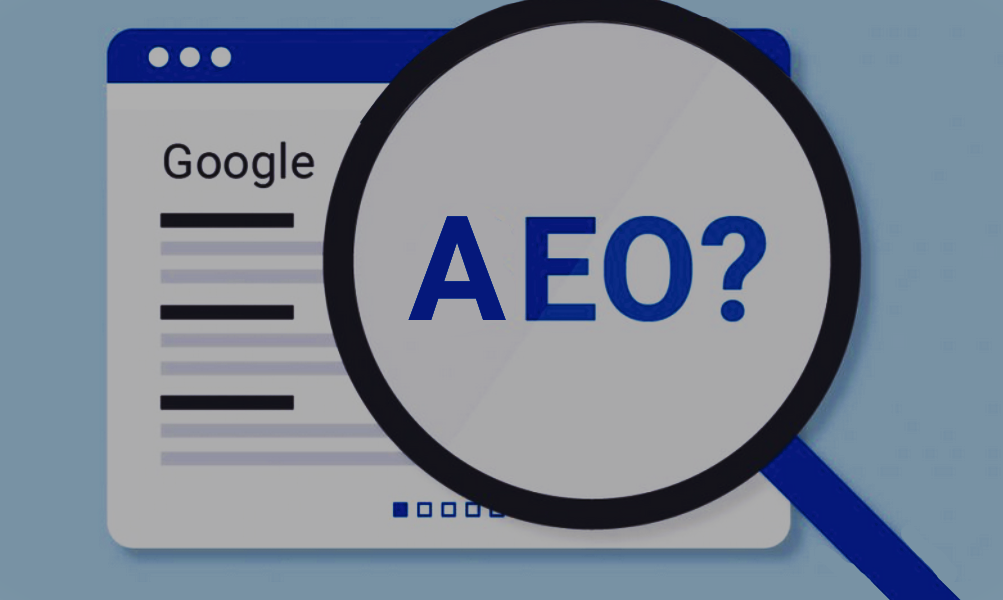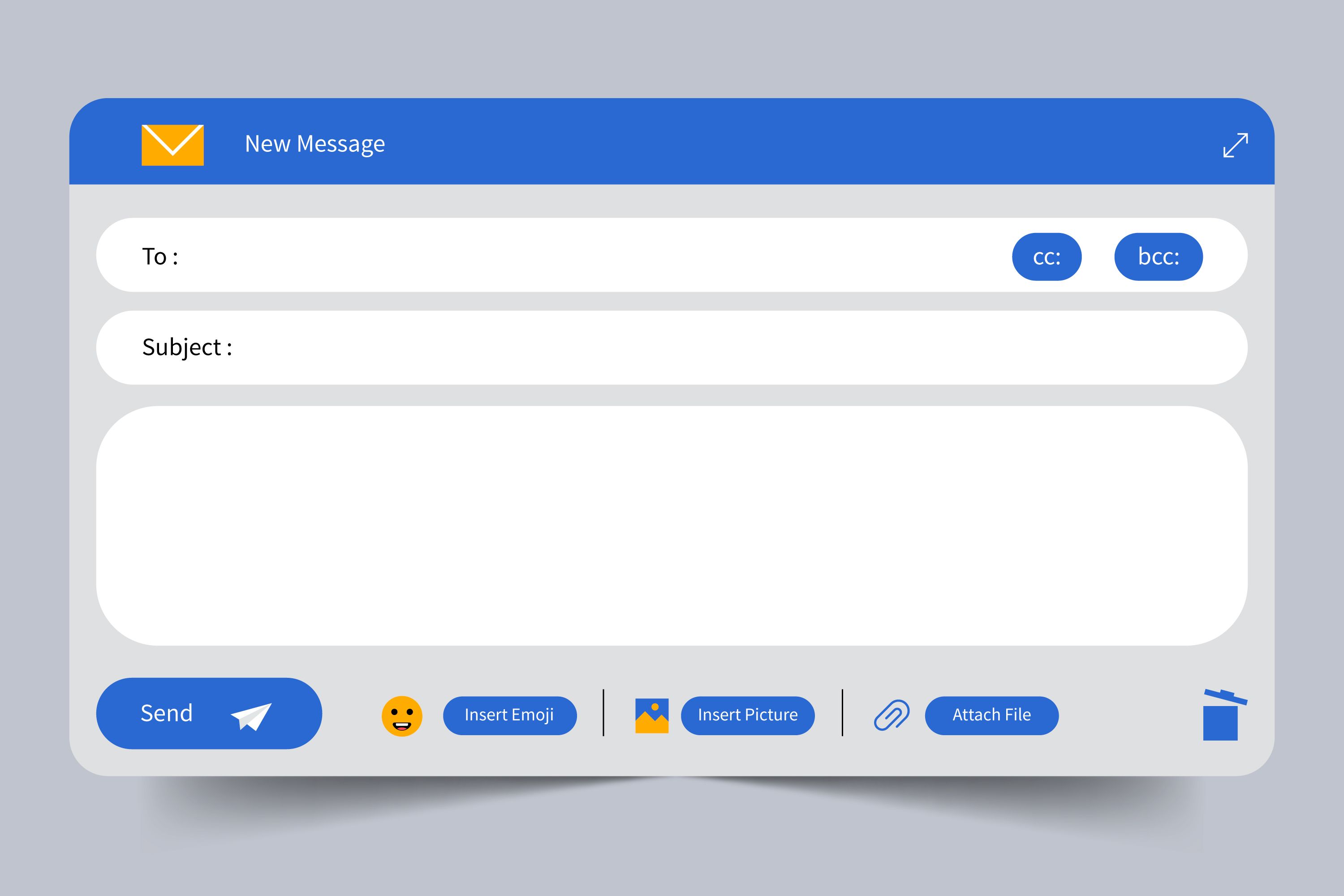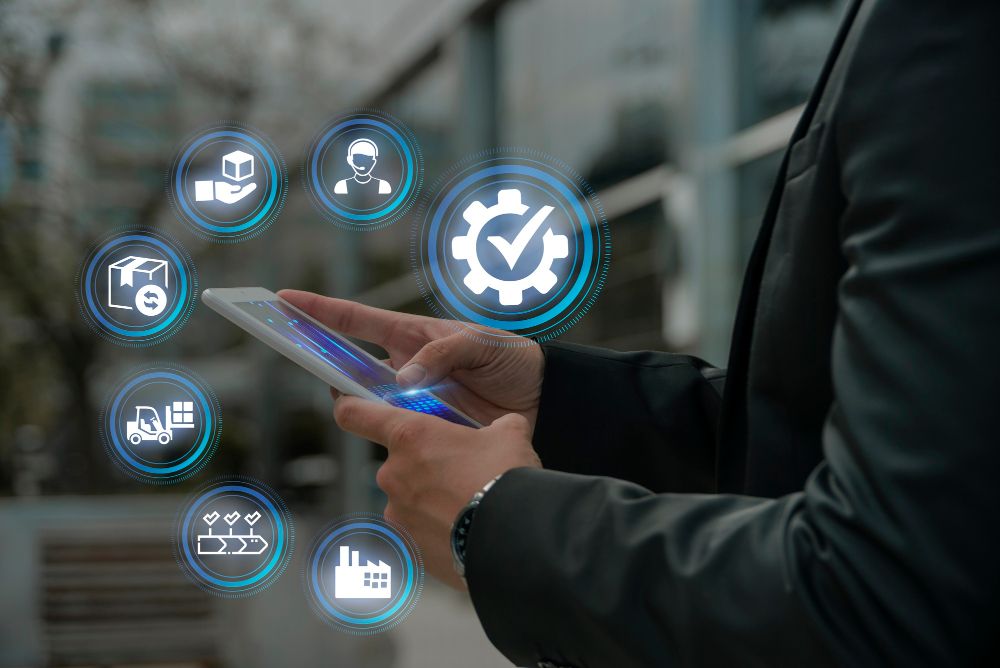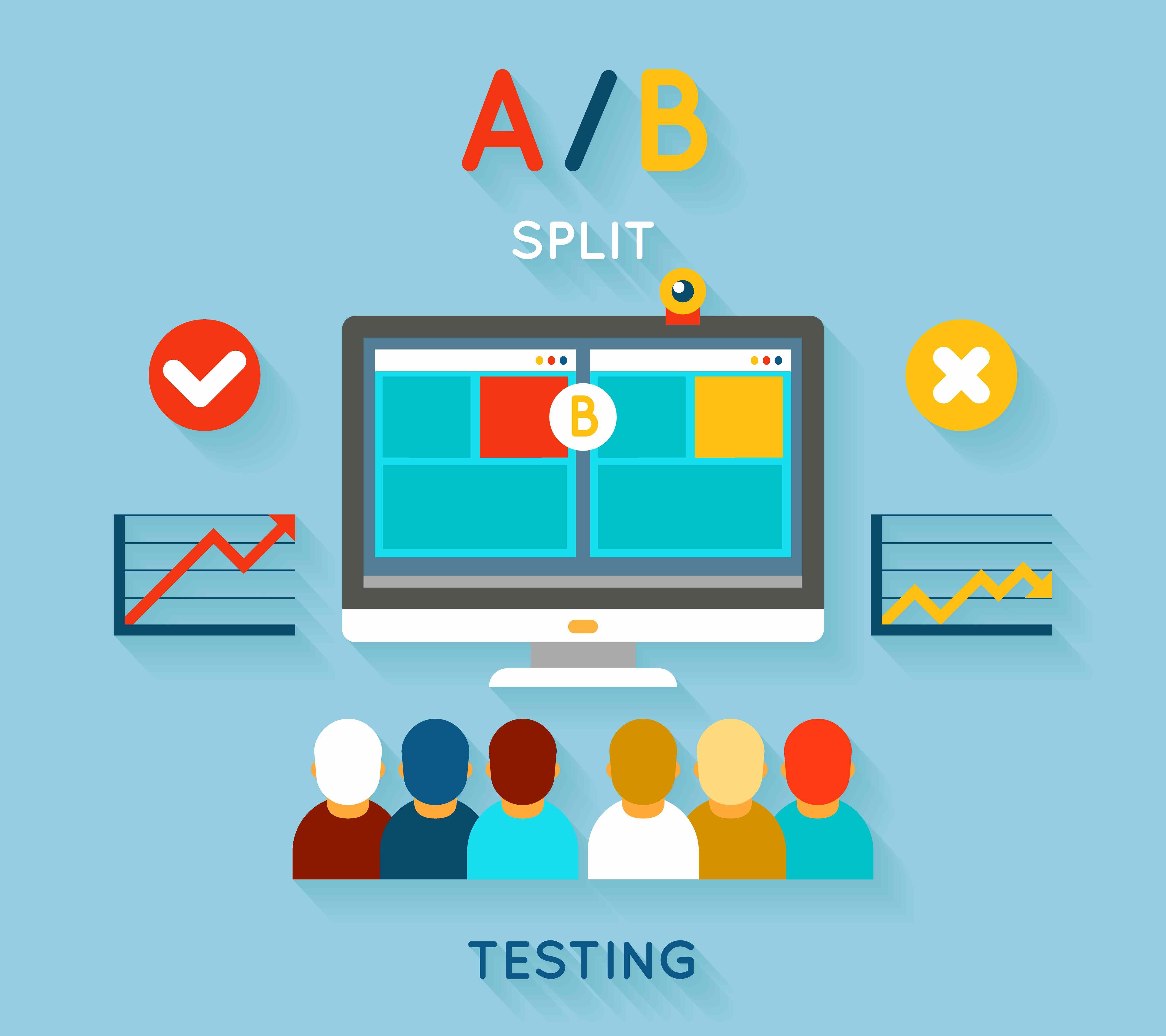
The web has impacted the world as a whole, changing almost everything about how we live and work. Thereby becoming a crucial part in every field, providing connectivity to new heights of innovation and information. This article looks at how the Internet is being used across different industry sectors, reshaping industries everywhere and continuing to foster innovation.
Bettering Learning Experience
The Internet has revolutionized student learning with a plethora of information, and resources for students and educators alike. With the wealth of information provided by educational websites, digital libraries, and online courseware on almost any topic in every field imaginable, it is easier for students to learn at their own pace and engage with various areas that could interest them.
This type of online content is far more interactive and can include videos, quizzes, simulations, etc., which helps to retain students in different learning styles. The Internet also allows lecturers to use multimedia in their classes and sites so that students can better understand topics of difficulty or memorize difficult concepts.
Distance and Online Learning
Online Distance Learning is also becoming very popular day by day. With the power of the World Wide Web, those with broadband capability can pursue higher education and improve their skill set or train for a completely new career without even considering factors like geographic location or set schedule. Universities and institutions provide online offerings from individual courses to entire degree programs, increasing the reach of their education worldwide.
Online learning provides flexibility to students pursuing an education while balancing work or other commitments. Online learning platforms also frequently include a variety of progress reports and assignment submission tools, as well as opportunities for students to communicate with both instructors and their classmates.
Access to Educational Resources
The Internet has made the education more accessible by providing a long arm of useful educational content. Scholars and researchers can easily access high-quality and relevant information in any field of study that ranges from scholarly articles, news articles, papers, tutorials, or instructional videos. It has enabled education to be more inclusive and cut down the dependence on conventional textbooks, or even other resources.
Open Educational Resources (OER) are teaching, learning, and search materials that are free to the public without the matter of copyright. These resources have significantly increased access to education, especially in under-resourced areas.
Collaborative Learning and Research
Through the Internet, students and scientists have been able to come together from all over the world to collaborate on research projects, ideas as well as contribute to the general knowledge pool. Real-time collaboration and communication between online platforms and tools such as Google Docs, collaborative wikis, or academic social networks make it easier for group assignments or research projects.
On top of that, the internet allows collaborators to access and disseminate data as well as conduct experiments remotely, releasing their results in web journals. It has expedited the scientific process and allowed for research to be more open source with/for public outreach.
Telemedicine and Remote Patient Monitoring (RPM)
The Internet has facilitated telemedicine and remote patient monitoring, which means non-hospitalized patients make decisions on medical care in consultation with healthcare professionals without visiting a healthcare facility. These platforms enable video consultations between patients and healthcare providers, who may be based in distant or rural areas where care is limited.
What is Remote Patient Monitoring (RPM)? This can enable information to be communicated in real-time to caregivers so that health problems such as these may be detected at an early stage and individualized attention is possible.
Online Medical Resources and Research
The internet has become an important tool for both healthcare providers and investigators by providing access to hundreds of medical literature, research papers, or clinical guidelines. From websites like PubMed and Cochrane Library, you can get tons of data on a variety of diseases along with their treatments followed by best practices.
The Internet also made it easy to share medical information and research — via online journals, webinars, etc. It has allowed doctors to keep current with new developments in medicine and exchange information around the world.
Health Information Systems
Health information management systems (HIMS) have largely been a direct effect of the growing use and availability of the Internet enabling healthcare providers to more easily store, access, and share patient data. With an EHR, patient data can be shared easily between providers from different healthcare facilities so that care is better coordinated and avoidable medical errors are minimized.
Online health information systems allow the public to view their medical documents, schedule appointments, and communicate with physicians in patient portals. This has allowed a more engaged patient, and overall have led to creating a better patient experience.
Education and Patient Engagement
The Internet has drastically increased patient health literacy and access not only to reputable information resources that assist in the pursuit of optimal healthcare but also empowered patients to take greater control over their management. Information about health in general is available across various websites, blogs, and social media platforms but many inform patients on the knowledge they are likely to need so that better judgment decisions may be made.
Online support groups or forums where patients can chat with others who are going through similar health problems, talk about their experiences, and give moral help. It has created a sense of belonging and lessened the loneliness that can be associated with having any kind of long-term illness.
E-commerce and E-shopping
E-commerce is one of the biggest impacts that the Internet has had on business. E-commerce websites like Amazon, eBay, and Alibaba have already become an instrumental part of the retail industry today allowing customers to get variety as well as making it a simple process for everybody who is operating from home. Consumers around the world are to store online because of how easy, diverse, and convenient it is.
Businesses around the world, no matter how small or large have ventured into e-commerce as a way to create online stores and establish an international presence through which they can augment their sales. Another disruption comes from the rise of direct-to-consumer (DTC) brands that leverage the internet to bypass traditional in-person retailers conveying goods directly to customers.
Digital Marketing and Social Media
With the advancement of technology and widespread use of the Internet, there has been a paradigm shift in how businesses reach out to their prospects with digital marketing becoming an integral part of contemporary business strategy. Social media is a way for companies to engage and inform an audience as it helps you:
Businesses generate opportunities through these strategies to grow and thrive in their respective industries.
Other key factors that enabled us to develop search engine optimization (SEO), content marketing, and email marketing include the ability to leverage the World Wide Web to reach potential customers and create targeted marketing campaigns. Digital marketing is also a key tool for businesses to target specific demographics, track customer behavior, and measure the effectiveness of their marketing efforts.
Remote Work and Collaboration Tools
Remote work: The Internet has driven a growing trend of people working from home or wherever they have access to the Internet. It has created more flexibility for businesses in managing their workforce and brought about new possibilities for sourcing talent. The rise of remote work is on the uptick these days, particularly with COVID-19 acting as a catalyst and businesses realizing there are advantages to using a remote workforce.
Some of the popular teams are using collaboration tools like Slack, Zoom & Microsoft Teams to ease communication and remain productive. These tools come with features that include but are not limited to video conferencing, instant messaging, and file sharing which ensures collaboration without boundaries.
Supply Chain Management
The World Wide Web has also impacted supply chain management, offering a suited way to monitor and control the movement of products from suppliers (who may be based in remote locations) all the way to consumers. Online logistics software: Web-based supply chain management systems allow businesses to check the actual status of inventory, order status, and delivery tracking; now it has become very handy.
Online marketplaces and e-commerce platforms have also allowed supply chains to grow globally with businesses sourcing goods from suppliers worldwide. This eventually increased competition, reduced costs, and improved the availability of goods for consumers.
Social Networking and Media
Among these most significant uses of the Internet is that it has changed our social relationships. Today, platforms such as Facebook, Twitter, Instagram, and LinkedIn have made it possible to share your thoughts & experiences globally, creating a virtual community.
Businesses, governments, and other organizations use social media to build relations with people and communities. On the one hand, it provides a medium for two-way communication through feedback (users can leave comments on your social media posts), questions and answers, or participant discussions.
Instant Messaging & Video Conferencing
We rely on instant messaging and video conferencing to communicate with our friends, family members, and co-workers. WhatsApp, Messenger, and Telegram are some of the applications that permit users to transmit real-time text messages along with file sharing and voice or video calls from wherever they happen to be.
Major video conferencing platforms, like Zoom, Skype, and Google Meet, have enabled virtually everyone to meet face-to-face; whether it be business meetings or remote work (or just catching up with friends/family). This image-based instant messaging has allowed individuals to come closer together across longer distances for a more personal and efficient form of communication.
Blogging and Creating Content
The availability of the Internet has brought content creation to the masses, making it possible for anyone with an internet connection and a computer/laptop, tablet, or even mobile device to share their messages/ideas on any number of subjects they have knowledge in. WordPress, Medium, and Blogger are all examples of blogging platforms that have made it easy for people to create content on just about anything—from personal opinion and journaling to expert advice.
Online and social media influence
Bloggers and vloggers have gained greater exposure to wider audiences largely due to the limited worldwide reach of fashion magazines. Content creation has also created new ways to earn money, with creators making money off of advertising, sponsorships, and subscriptions.
Online Forums/Communities
There is a great deal of value in having an online forum or community where people can connect with others who share similar interests, hobbies, or experiences. Through various platforms such as Reddit, Quora, and other self-help forums, users are given a chance to create dialogues/threads where they can share their experiences (both positive & negative), ask questions on how to accomplish tasks or discuss various topics of interest.
Empowering users to benefit from a community of shared knowledge, these communities are helping provide information and support for collaboration on anything that is possibly desired by individuals around the globe. There is a great feeling of being part of something, and online communities have now become an inseparable part of the general atmosphere in which we understand our way across the web.
Streaming Services and Online Content
Streaming services, such as Netflix, Hulu, and YouTube, have changed Hollywood forever. These services offer thousands of movies, TV shows, and videos that can be watched on demand, standing as a clear alternative to cable television and traditional broadcast programming.
This means more original content, with streaming platforms such as Netflix and Amazon Prime creating their own movies or series. People now have a large number of choices in the field of entertainment, and viewing experiences have also improved as competition has increased among different content houses.
Gaming and Virtual Worlds
Multiplayer games, virtual worlds, and massively multiplayer online role-playing games (MMORPGs) are among the most popular types of online games. Gamers can log in and connect with others, be a part of online communities, or compete on platforms like Steam, Xbox Live, or PlayStation Network.
Virtual worlds like Second Life and VRChat are immersive places where people can socialize, develop things together, or explore digital surroundings. The breakthroughs of online game technology and virtual worlds have brought new platforms for people to interact, create, or entertain themselves.
Influencers and Content Creators On Social Media
The entertainment based on influencers and content creators was born from social media. Through this work, they have amassed huge followings on Instagram, YouTube, and even TikTok, showcasing everything from fashion/beauty advice to travel vlogs to comedy sketches.
In the Fandom Economy, influencers now function as quasi-talent within the entertainment economy, often pairing with brands and reaping commercial benefits by way of sponsored content or more traditional forms of advertising/merchandising. This, as well as the widespread success of influencers, has also allowed traditional celebrities and online personalities to bridge these methods altogether, giving room for people who are seeking fame new doors.
The Definite Music, Art, and Digital Media
As the internet has revolutionized access to content, we have also seen new ways for creation, distribution, and consumption to take place online. Artists can now attract an international audience on platforms like Spotify, Apple Music, and SoundCloud, which serve as music streaming services, or publish their work to digital art marketplaces such as DeviantArt/Behance for showcasing and purchasing.
At the same time, we have gotten more opportunities to explore some digital media and new art forms such as 3D modeling, digital painting, or interactive installations. The democratization of the creative process has made it so that artists can more readily share their work with viewers all over the world.
E-Government Services
The Internet has changed public service delivery, and e-government initiatives are being adopted by many countries to increase their efficiency and availability. E-Government services facilitate online access by users to government information, transactions, or websites under various circumstances, reducing on-location visits and paperwork.
Digitalization of Governance:
The implementation and deployment of digital transformation in bureaucracy have not only made governing smoother but also more citizen-centric, leading to quicker application processing, faster refund processes, etc. It has made e-Government one of the most crucial components in modern governance, as it aims at improving the government's reactivity and leveling up on relations with citizens.
Communication and Release of Information to the Public
For the government too, the internet has become an indispensable source to communicate with nationals. The websites of the departments are a timely and accurate means of communication, with social media channels used for quick dissemination, while online press releases inform citizens about policies, programs, and initiatives taken by various ministries.
Emergencies are a critical time for the Internet, ensuring that live updates and guidance can be communicated to the public in response to natural disasters or pandemics. Online platforms provide governments the opportunity to connect with an expansive digital population in a very short period, enabling more people to have easy access to important information necessary for them to stay safe and informed.
Online Participatory Democracy and Voting Online
This will revolutionize the democratic process as we know it, bringing power to the vote to the Internet and helping unparalleled massive public participation in governance. Online voting systems can make it easier for citizens to vote, especially if they are unable to go in person because of physical or logistical difficulties.
The Internet also allows for public engagement and participation, so citizens can have their say in policy debates, voice opinions on legislation being discussed, or partake in deliberative processes. This can lead to strengthening democratic governance, affording broader and quicker responses in line with public aspirations.
Digital Public Safety and Emergency Response
The Web is now an important tool for emergency response and public safety officials to watch, predict, and respond faster in times of emergencies. To raise an alarm, provide up-to-date information, and help responders coordinate disaster response tools, online platforms combined with social media can be used.
Use of digital tools like Geographic Information Systems (GIS) and Remote Sensing can monitor natural disasters such as hurricanes, earthquakes, or wildfires in real-time. This data will help inform emergency response plans and where resources should be sent.
Online Banking and Financial Services
Banks and finance have evolved significantly in this Internet age. The evolution of the banking industry has, over time, opened up broader avenues for financial services. It enables customers to manage their accounts, facilitate balance transfers within accounts, do bill payments, and even apply for loans with just a click from home. The demand for physical bank branches has been reduced, and financial services are nearer to the people as never before — thanks to digitalization.
Beyond core banking products and services, fintech companies have introduced new offerings that were impossible before the internet: peer-to-peer lending (marketplaces), robo-advisors, and mobile payments in retail stores. These advancements have heightened competition in the financial space and fueled a rise in consumer choice surrounding managing their finances.
Cryptocurrency and Blockchain Technology
The Internet has also been central to the evolution and mainstream adoption of cryptocurrency technology. Bitcoin (whose underlying technology is the blockchain) and Ethereum are examples of cryptocurrencies that allow for secure, decentralized transactions on the Internet.
Blockchain Technology:
Blockchain is a modern topic with the ability to revolutionize different aspects of the financial industry such as cross-border payments, supply chain management, and digital identity verification. Thanks to the Internet, individuals and companies now have access to a new market — cryptocurrency markets for digital asset trading with opportunities in DeFi (decentralized finance).
Trading and Investment Platforms
The advent of online stock trading and investment platforms has simplified the process through which individuals can trade in the financial markets, and manage their investments. E*TRADE, Robinhood, and TD Ameritrade are platforms that let the average person buy or sell stocks, bonds, and other securities quickly with a few clicks of their mouse.
In addition to this, they also provide useful tools and resources, including market research, news, and education meant for a wide range of investors. The internet has democratized investing, making it possible for average people to get involved in trading and investing from anywhere in the world.
Financial Literacy and Awareness
The internet has become a crucial tool for financial education, offering resources about personal finance and investing as well as specialized subjects in wealth management. Websites, blogs, and online classes provide advice about budgeting, saving, retirement planning, or debt management to help people make better financial decisions.
Since financial literacy is critical to gaining financial security, the Internet has raised awareness about how important these things are. Additionally, online financial tools like budgeting apps and retirement calculators have given individuals more control over their financial planning.
Collaborative Research Platforms
The Internet has changed the way science is done, making it possible to collaborate in new ways across disciplinary and institutional boundaries. Online research platforms like ResearchGate and Academia allow researchers to share their work and publications as well as reach out to colleagues in the field using services like Google Scholar.
Collaborative research platforms like DataClay speed the flow of ideas, data, and methods across domains to advance scientific discovery. Real-time collaborations with others around the world have allowed research to become more dynamic and inter-disciplinary.
Open Access Journals & Databases
Scientific research has also been put within reach of almost anybody thanks to Open Access journals and databases that have changed how scientists share results among each other. PubMed Central, arXiv, and PLOS ONE are examples of platforms that allow access to large swathes of research articles free-of-charge — so that anyone with an internet connection can read the literature.
The open access movement has provided another pathway for disseminating research results while broadening public accessibility to information. It has made science more democratic and increased the level of discoverability and reach that research can have.
Technology Citizen Science and Crowdsourced Research
Citizen science is a modern term that refers to the public participating in scientific research projects, typically by collecting records, data, or samples, or by analyzing results. Online platforms like Zooniverse and iNaturalist connect citizen scientists with research projects in fields ranging from astronomy to ecology.
Crowdsourced research initiatives mobilize the public en masse to collect vast amounts of data, answer difficult questions, and lend significant human-processing power toward scientific discovery. Since the advent of the Internet, science can be done by anyone with access to knowledge, regardless of their background.
Data Sharing with Big Data Analytics
The emergence of big data analytics is largely thanks to the Internet, which has made it possible for researchers to access and share large volumes of data. Genomics and medicine, among other sciences, are supported by access to huge amounts of biodata available in online repositories (e.g., GenBank for the Human Genome Project).
Big data analytics applies advanced computational techniques to delve into complex patterns, trends, and insights within extensive volumes of structured or unstructured data. Data has become one of the most influential forces in business and scientific communities due to these advances and the widespread availability of information.
Online Marketplaces
Online marketplaces have built a global network that allows business owners and individuals to buy or sell products on an online platform from around the world. This has allowed small businesses and entrepreneurs to better serve customers while giving consumers access to a diverse collection of products on platforms such as Amazon, eBay, and Etsy.
Consumer behavior trends show that online shopping drives almost every purchase today due to its convenience and ease of use. Facilities like real-time product reviews from verified buyers, price comparison tools, and open availability of retailer prices have further facilitated online shopping.
Consumer Analysis
The Internet allows businesses to collect and analyze vast amounts of consumer behavior data, preference patterns, and purchasing trends. This data is harnessed to shape marketing strategies, refine product offers, and enhance customer experience.
Businesses can track how customers are using their websites, viewing ads, or interacting on social media using various digital tools such as web analytics, social content records, and more. This data-driven approach has enabled organizations to provide more tailored and personalized services for their customers.
Digital Product Review and Rating
The online shopping experience has changed so much that today it is virtually impossible to think of a user who buys something without first researching and reading product reviews and ratings. Through websites such as Yelp, TripAdvisor, and Google Reviews, customers can add their own reviews regarding the products and services businesses have to offer.
The advent of reviews online means that customer service and product quality standards can be set to a high level, which instills trust in consumers who are able to make informed decisions based on data. Positive reviews can enhance consumer confidence and decrease the risk of purchase, whereas negative reviews identify a need for quality improvement.
Individualized Shopping Experience
We have achieved personalized shopping experiences enabled by software and services that allow businesses to stream personalized offerings to customers. Additional insights from personalized ads and email promotions add to a shopping experience enhanced by well-thought-out content.
Personalizing the shopping journey has become a crucial tool for businesses to stand out and retain customers, thereby driving sales.
Key Online Travel Agencies and Booking Platforms
One of the sectors most influenced by the Internet is travel and tourism, allowing us to investigate, plan, and book our trips online. Online travel agencies (OTAs) like Expedia and Booking.com, along with major online travel companies such as Airbnb, offer comprehensive services related to flights and accommodation, including hotel reservations worldwide.
OTAs have also made the travel industry more competitive, lowering prices and giving consumers greater choice.
Virtual Tours and Travel Guides
Virtual tours and travel guides can also offer significant information to travelers about a place they intend to visit. Tourism platforms such as Google Earth or YouVisit provide immersive virtual tours around landmarks like museums and cities, enabling end users to experience destinations before they set foot there.
Providing detailed and insightful information through travel guides, blogs, and vlogs serves as a valuable resource for travelers to exercise better judgment and uncover hidden gems.
Social Media and Travel Planning
Travel planning has now been dominated by social media, with platforms like Instagram or Pinterest providing travel inspiration to millions via beautiful photographs and stories. Travelers use social media channels to learn more about new places, get inspiration for their trips, and receive tips from other travelers.
Many travel trends today are centered around Instagrammers, influencers, and bloggers who often work with brands or destinations to promote various types of trips. Social media, being a visual and interactive medium, is a powerful tool for travel inspiration and marketing.
Travel Blogs and Vlogs
There has been a rise in travel blogs and vlogs where people share their experiences, recommendations, and reviews of places they visited around the world. Bloggers and vloggers showcase their day-to-day experiences through writing, pictures, or videos, giving a regular person's point of view on travel.
The growth of travel blogging and vlogging has opened up more possibilities for content creators to earn money from doing what they love, by leveraging partnerships, sponsorships, and advertising. The tourism industry has been significantly impacted by these platforms as they create excitement around exploration and discovery.
Online Legal Consultation and Services
Thanks to the Internet, many law firms and legal professionals offer online consultations, increasing access even further. For example, online legal platforms like LegalZoom and Rocket Lawyer can help with document preparation, legal advice, or contract reviews.
These sites have facilitated better access to legal aid for common home and business users without requiring a visit to a law office. Online legal services have democratized the provision of legal help, especially for people unable to afford a traditional lawyer.
Legal Research and Case Management
The Internet has revolutionized the way legal research is done, allowing law practitioners to connect with case laws, statutes, and other precedents effortlessly. Online legal databases like Westlaw and LexisNexis offer collections of vast amounts of legal information, enabling more efficient research within legislation.
Online-hosted case management systems allow law firms to track client information, monitor case progress, and collaborate with colleagues. Digital tools have increased efficiency in legal practice and the quality of service delivered to clients.
Public Access to Law
The Internet has made vast amounts of legal information available to the public, allowing individuals to learn about their rights and duties. Government websites, legal aid organizations, and online help forums offer free information on topics ranging from family law to consumer protection.
Online legal forums and communities like Avvo or JustAnswer allow people to ask questions that are then answered by lawyers. This aids in demystifying the law, making access to the legal system easier for people facing legal challenges.
Online Dispute Resolution
As a more cost-effective and convenient alternative to traditional litigation, online dispute resolution (ODR) is making its mark in small claims and disputes. ODR platforms like Modria or eBay's Resolution Center enable parties to negotiate, mediate and even arbitrate disputes in a digital environment.
In the era of the Internet, disputes can be settled quickly without the need for prolonged hearings or court processes. Businesses and private individuals are turning to ODR in larger numbers due to its ability to resolve conflicts swiftly.
Precision Farming and IoT in Agriculture
Precision farming involves bringing technology like the Internet into agriculture to produce more crops and better manage resources. Terms like Internet of Things (IoT) devices and sensor-based IoT applications for monitoring crops and farmland are commonly used in agriculture.
This technology provides farmers with information such as soil conditions, weather patterns, and crop health, enabling them to make better planting decisions, optimize irrigation, and manage fertilizer applications. The technology also opens paths to:
Online Farmers Markets
The greatest good the internet has done for farmers is to give them more opportunities to sell directly via online marketplaces. Platforms like FarmersWeb and LocalHarvest help farmers hone their direct-to-consumer sales skills, manage orders online, and promote specific products.
These online marketplaces have allowed startups like AmpleHarvest to circumvent traditional supply chains, which have historically made distribution cumbersome and costly for small-scale farmers. The expansion of e-commerce in farming has additionally supported the emergence of local and sustainable food systems.
Agricultural Research and Development
The agronomic education and innovation exchange has been improved by rapidly transferring data with digital online platforms and databases that provide research, technology insights, and resources beneficial for better agriculture. Organizations like CGIAR and FAO offer online resources to assist with the improvement of crop production sustainability.
New agricultural technologies and practices have been more quickly developed through collaborative research initiatives made possible by the Internet, helping to address global challenges such as food security and climate change. The Internet is one of the most useful tools that have ever happened to agricultural research and development.
Training of Farmers
Digital extension platforms, online courses, webinars, and videos on training for farmers are becoming increasingly accessible via the Internet. Courses in sustainable farming practices, crop management, and agricultural economics are available through services such as Coursera or Khan Academy.
These platforms allow farmers to connect, share experiences, and learn about the latest technologies related to agriculture, thereby improving their competency.
Online Environmental Monitoring
The internet has started to play an important role in environmental monitoring because it allows us to collect and analyze data related to the environment (e.g., air quality, water quality, deforestation, or wildlife populations) from all around the world. Online platforms like Global Forest Watch and National Oceanic and Atmospheric Administration (NOAA) databases offer real-time environmental data.
Through the use of remote sensing technologies (e.g., satellite imagery and drones), large, remote areas can be monitored more efficiently with data valuable for conservation action. Over the last few decades, greater data availability has helped scientists monitor shifting environments and use these insights for policy decisions and conservation strategies.
Awareness Campaigns and Public Participation
The internet has developed into a powerful mechanism for creating advocacy against environmental threats and facilitating public participation in conservation practices. From social media campaigns to online petitions and crowdfunding platforms, people have been able to get passionate about environmental issues and become active in addressing them.
Organizations like Greenpeace and the World Wildlife Fund (WWF) use the Internet to inform people worldwide, advocate for policy changes, and encourage participation in environmental activities. Environmental campaigns benefit from broader exposure online, sparking change through global outreach.
Crowd-Sourced Environmental Data
In recent years, the Internet has allowed people to work together to gather environmental observations and data — a practice known as crowdsourced environmental investigation. This is called citizen science, and it extends to the natural world — from plant life in your backyard to observations of human behavior at home.
Nature lovers can use this service to take high-quality photos of flowers, and data from thousands of flower images is crowd-sourced for monitoring biodiversity in the wild or tracking invasive species. The Internet has engaged the public in environmental monitoring for scientific research and policy, advancing our understanding of ecological systems.
Remote Sensing & Geographical Information Systems (GIS)
Remote sensing using Geographic Information Systems (GIS) has facilitated the collection of vital conservation information, contributing better resolution data on land use, habitat loss, and natural resources. Numerous GIS platforms, such as ArcGIS and Google Earth Engine, allow users to analyze spatial data to produce maps that show patterns of environmental change over time.
The implementation of this technology increases the ability to monitor and defend the environment, especially in remote places.
The Prospective Internet Use among Various Sectors
The Internet will continue to transform many sectors, leading innovation in all areas and facilitating better access to information, services, and opportunities across the board. Technology is improving so rapidly that the Internet will be even more deeply incorporated into everyday life, offering solutions to global problems and improving the welfare of people worldwide.
Ethical Challenges and Solutions
If the Internet offers advantages, it also introduces us to moral problems and concerns like privacy, cybersecurity, and the digital divide. The preservation of the Internet as a force for goodwill necessitates overcoming such challenges while promoting responsible use in all domains.
Internet and Global Development
The Internet promotes economic growth, reduces inequality, and improves the quality of life for billions.





